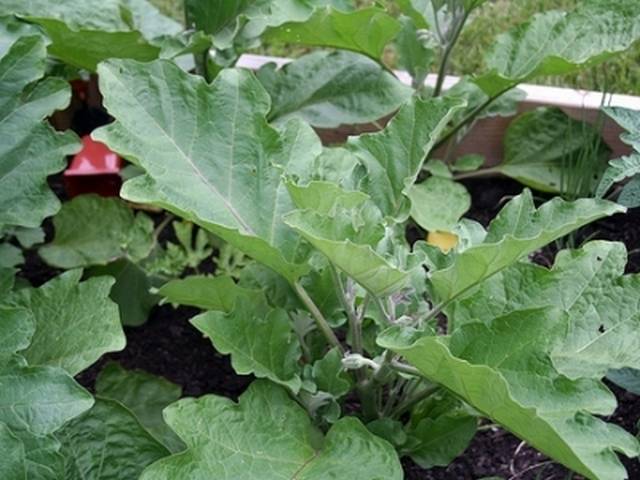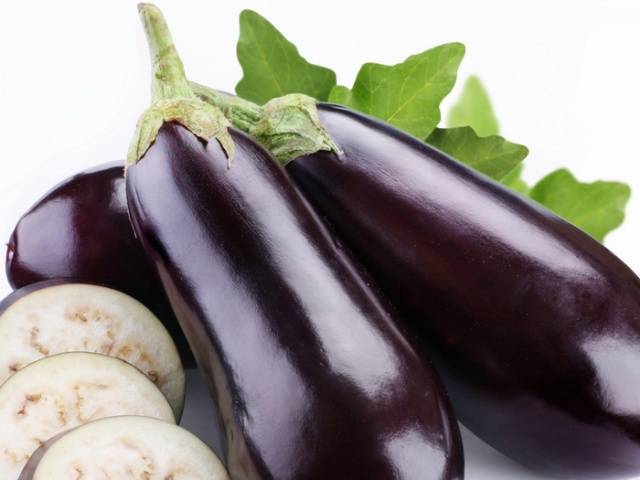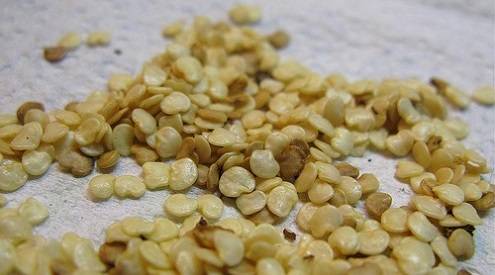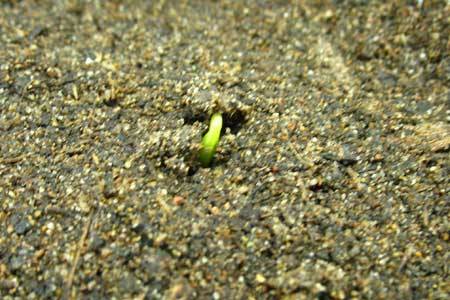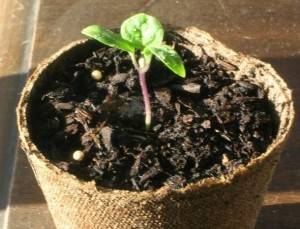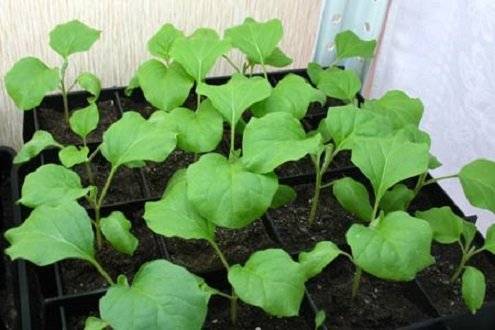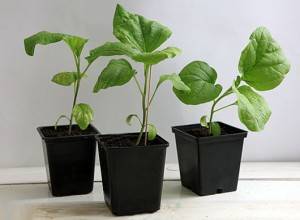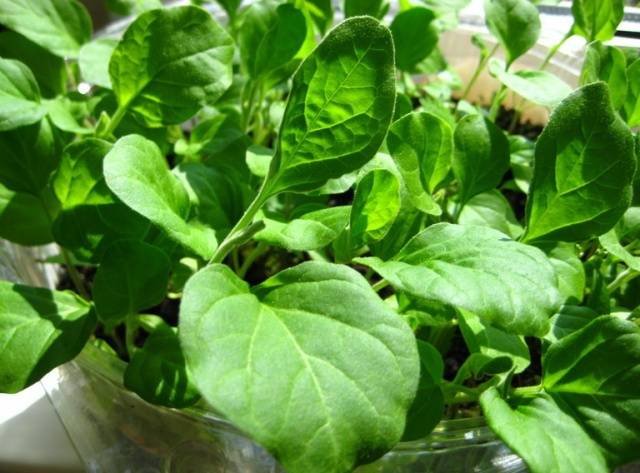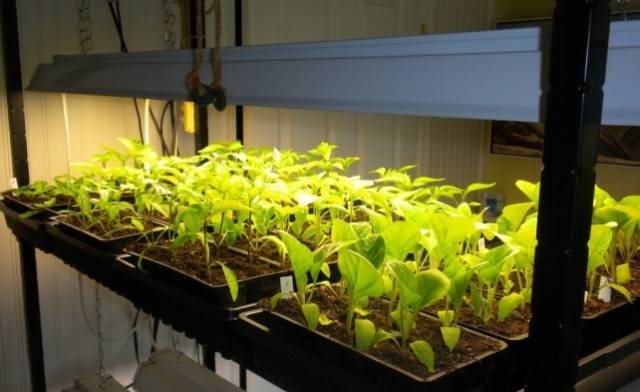Content
Eggplant is an ancient culture that has been known to man for more than 15 centuries. Its homeland is Asia with a warm and humid climate. In temperate latitudes, they learned to cultivate eggplant relatively recently. This is due to the whimsical nature of the plant and the demand for special conditions. So, farmers in Russia grow eggplant exclusively by seedlings. However, even in indoor conditions, a number of rules for caring for young plants should be observed so that by the time they are dived into the ground, they have sufficient vitality and a reserve of strength, and resistance to diseases. To do this, every farmer must know how to water eggplant seedlings, what and at what time it is necessary to fertilize the seedlings, what light regime is optimal for the plants and how to create it correctly. All the indicated and additional key points for growing eggplant seedlings are described in detail in the article.
Time to sow
It is very important to sow eggplant seeds for seedlings on time. Each gardener must calculate the sowing date independently, taking into account the characteristics of the climate of the region and the agrotechnical characteristics of the selected variety. So, in central Russia, you need to dive already grown seedlings into open ground in late May - early June. You can plant young eggplants in the greenhouse 2-3 weeks earlier. Suppose that it is decided to grow eggplants of the famous Almaz variety in the open field. The period from emergence to active fruiting in unprotected conditions for this variety is 150 days. This means that the seeds for seedlings should be sown at the end of February, the plants should be dived into the ground in early June, when the age of the seedlings will be 80-90 days. Such a cultivation schedule will allow you to be content with the eggplant harvest, from the end of July to August, inclusive.
If you have to grow an early ripe eggplant variety, for example, "Epic f1", the fruiting period of which is only 64 days, then you need to sow seeds for seedlings at the end of April and plant the plants in open ground at the age of 30-35 days.
Semen preparation
It is believed that pre-planting seed preparation is optional. However, a certain complex of manipulations at an early stage of cultivation makes it possible to select viable, viable seeds and to protect future eggplants from infection by pests and the development of diseases.
It is possible to destroy pathogenic bacteria and pest larvae from the surface of the seed using a concentrated manganese solution or special chemicals. So, the seeds should be immersed in a glass and filled with a disinfectant solution for 30 minutes. After the allotted time, the water must be drained, the seeds must be thoroughly rinsed with running water.
At the stage of preparation for sowing, it is also recommended to soak the seeds in a nutrient solution. This measure accelerates their germination and makes future seedlings stronger and more productive. For such soaking, you can use a nitrophoska solution: 1 tsp for 1 liter of water. substances. Also on sale are ready-made mineral mixtures for these purposes. The seeds should be soaked in a nutrient solution throughout the day. After processing, the seeds are not washed.
Germinating seeds allows you to select viable specimens and speed up the process of growing eggplants. To do this, place the eggplant seeds in a damp piece of cotton cloth or gauze. The damp material, with the seeds wrapped in, can be placed on a saucer or placed in a plastic bag.At the germination stage, the moisture level of the tissue and the temperature should be carefully monitored. At a temperature of + 25- + 300Eggplant seeds germinate in 9-10 days.
Sowing seedlings
Soil for growing eggplant seedlings should be nutritious and loose. So, for sowing seed for seedlings, it is necessary to prepare a mixture of peat, humus and river sand. Additionally, you can apply fertilizer: for 3 liters of soil, 1 matchbox of superphosphate and a little wood ash. After mixing all the components, fill containers for growing seedlings with a homogeneous mixture.
It is better to use peat cups or tablets as a container for growing eggplant seedlings. In the absence of such containers, plastic cups and small plastic bags can be used. Drainage holes should be provided in them, which will ensure the removal of excess moisture and prevent rotting of the root system.
Germinated eggplant seeds are immersed in each container filled with prepared soil to a depth of 0.5-1 cm.
It is worth noting that some farmers prefer to sow seeds for seedlings in a single large container. When 2 true leaves appear, such eggplants dive into separate containers. An example of such growing seedlings is shown in the video:
It is worth noting that this growing method has its drawbacks:
- during transplants, there is a high probability of damage to the eggplant root system;
- after picking, plants slow down their growth while adapting to new conditions;
- extraordinary picking of eggplant seedlings requires additional expenditure of time and effort.
Considering the above disadvantages, experienced farmers do not recommend massively sowing eggplant seeds in a single container, followed by intermediate diving of seedlings into separate pots.
Sowings of seedlings should be watered with warm water, covered with glass or plastic for early germination of the seed. Place the containers in a warm place with a temperature of about +250C. After the sprouts have hatched, the seedling containers are placed on a warm, well-lit surface.
Watering
Eggplant seedlingswatered, of course. Moreover, the volume and regularity of watering is very important, since excessively moist soil provokes the development of various diseases and root rot. Insufficient watering provokes premature stiffening of the stems, does not allow the plant to fully form ovaries and negatively affects the crop yield.
Optimum humidity soil for growing seedlings eggplant is 80%. This suggests that watering eggplant seedlings should be carried out as the soil dries, approximately 1 time per week. Adult plants consume more moisture: at the stage of flowering and formation of ovaries, eggplant seedlings must be watered once every 5-6 days. For irrigation, it is recommended to use settled warm water, the temperature of which is more than +250FROM.
It is worth noting that not only watering the soil is important for eggplants, but also the humidity of the air. So, 65% air humidity is the optimal indicator for the culture. This parameter can be adjusted by spraying with warm water.
Two weeks before the expected picking of plants in the ground, the given irrigation regime should be changed. During this time, it is necessary to irrigate the land 1 time in 3-4 days.
Top dressing
As feeding you can use specialized mineral complexes or products prepared yourself:
- Egg shell infusion... To prepare the infusion, you need to place the shells of 10 eggs in a three-liter jar and pour hot water. Within 5-6 days, the mixture must be stirred periodically and at the end of this time, strain, and then use for watering the seedlings.
- Tea infusion... Used tea leaves in the volume of one glass must be poured with hot water in a three-liter jar. After 5-6 days, the mixture should be filtered and used for watering the eggplants.
- Mullein solution... In 10 liters of water, you need to add 1 glass of mullein and a teaspoon of urea.
- Complex fertilizer... You can buy it at a specialty store or make your own by mixing a teaspoon of potassium sulfate with two tablespoons of superphosphate. Dissolve the resulting mixture in a bucket of water and use for watering seedlings.
The above means for feeding eggplant seedlings can be alternated. Also, do not forget about wood ash, which can be periodically poured into the soil with seedlings. 2-3 seedlings should have 1 teaspoon of the substance.
Hardening
2-3 weeks before planting eggplant seedlings in the ground, it is necessary to start hardening young plants. When the temperature outside exceeds +150With and there is no strong wind, pots with plants can be taken outside.
Subsequently, this period is gradually increased to full daylight hours.
Hardening is especially important for eggplants that will be dived into open ground. This procedure allows plants to gradually adapt to the temperature and humidity characteristics of the atmosphere, exposure to direct sunlight.
Light mode
Eggplant seedlings are demanding to comply with the light regime. So, the optimal duration of daylight hours for a culture is 12 hours. In the middle and especially in the northern part of Russia, the spring day, as a rule, does not indulge in the sun, therefore, the eggplants must be illuminated with fluorescent lamps.
Seedlings, which are more often grown on windowsills, tend to stretch out and may lean to one side towards the light source. To prevent this, the pots should be rotated regularly. Reflective materials such as foil or mirrors can be installed around the perimeter of the windowsill.
Conclusion
It is not at all difficult to follow the described rules for growing eggplant seedlings. Even the most inexperienced gardener will surely cope with the task. At the same time, the given technology allows you to grow healthy, strong plants that will take root without problems in new conditions and will not significantly slow down their growth after a pick. In gratitude for the care and efforts, soon after planting, eggplants will give their owner a bountiful harvest of tasty and healthy vegetables.
